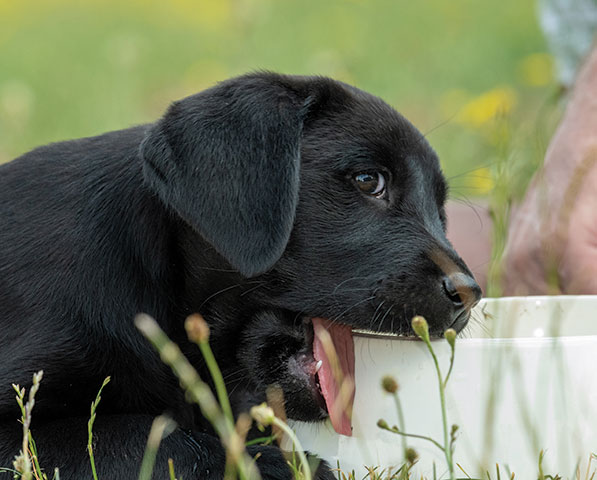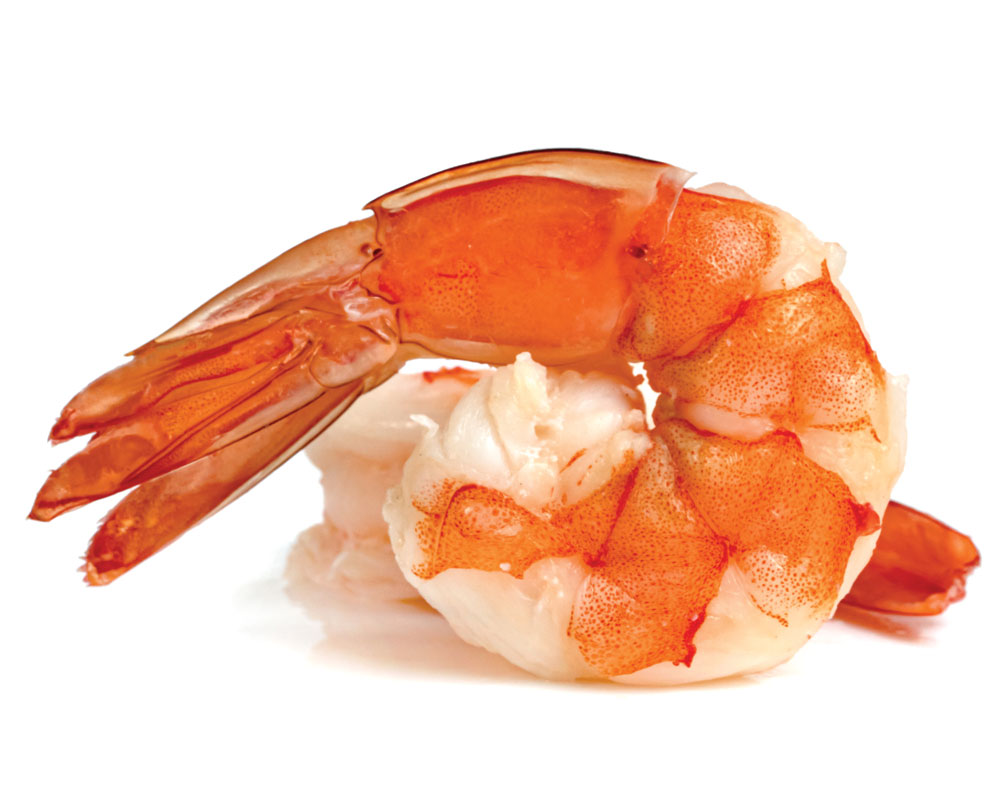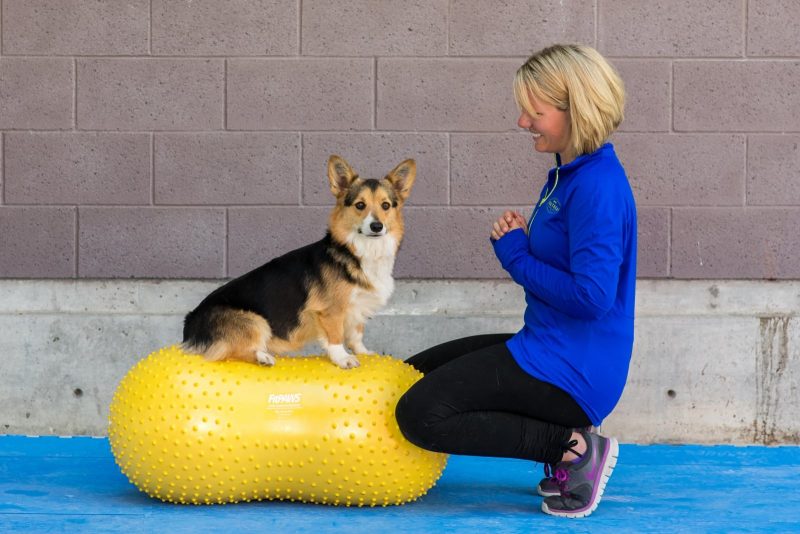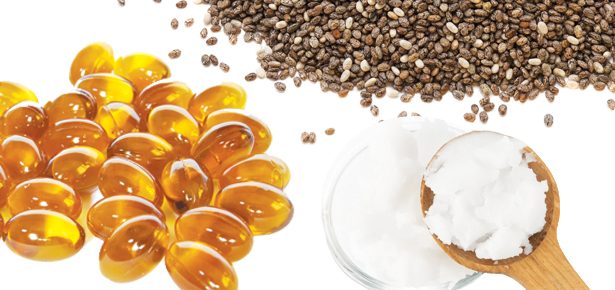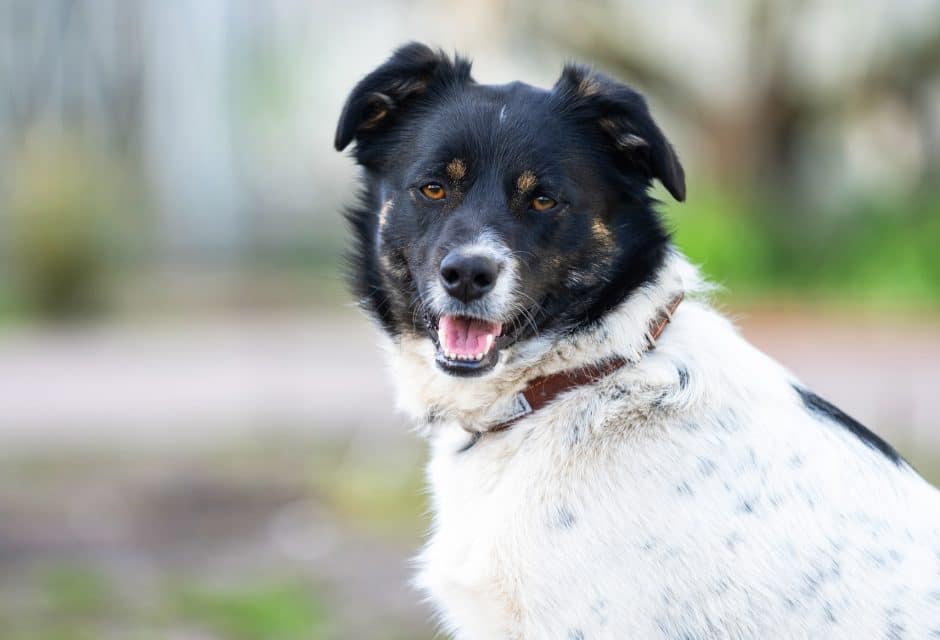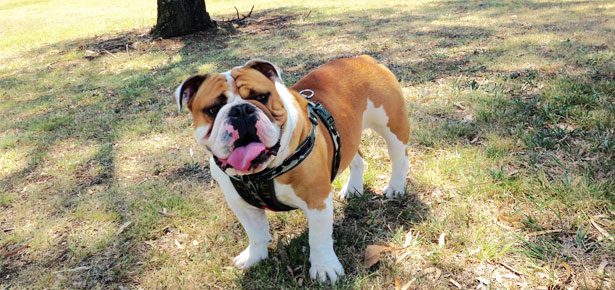
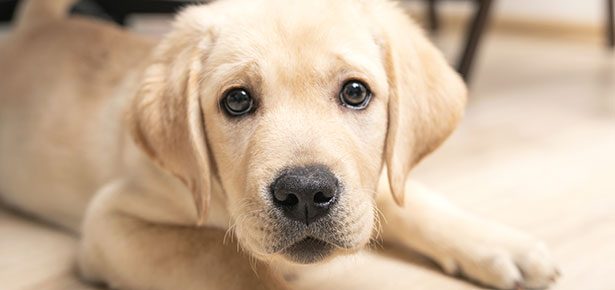
Commonly Googled Dog Questions
Why does my dog stare at me? When do puppies lose their baby teeth? Are prawns and shrimp safe for dogs? We answer your questions
Q Why Does My Dog Stare at Me?
Though some people are unnerved by their dog staring at them, it is actually a sign of fondness and affection. For a mood boost, gaze into your dog’s eyes in return. It’s been shown to boost oxytocin, the feel-good “love hormone,” in both you and your dog, and promotes bonding. Note that this kind of staring is characterized by soft eyes and a relaxed body and is the expression of a happy dog. If a dog is giving you a hard stare, marked by unblinking eyes and stiff posture, this is a threat. Back away and don’t make eye contact.
Q When Do Puppies Lose Their Baby Teeth?
Puppies start teething around two to four weeks of age. Their baby teeth are fully developed by six weeks. Once your puppy is three to four months old, the baby teeth fall out and are replaced by permanent teeth, a process which is usually complete by six to seven months of age. This teething process is one of the reasons puppies chew so much. Give your pup a soft-on-gums yet durable, puppy-approved chew toy, such as the Kong Puppy Binkie, a soft rubber treat-dispensing dog toy designed for teething puppies. $11, amazon.com.
Photo tommeaker/bigstock.com
Q Are Prawns and Shrimp Safe for Dogs?
You may be wondering if it’s safe for your dog to indulge in the tantalizing meat of prawns and shrimp. The good news is your dog can eat these delicious crustaceans. Not only are they safe, but they’re also healthy!
Prawns and shrimp are an excellent source of protein, omega oils, and B vitamins, and can make great high-reward treats. They’re packed with protein, which is essential for healthy muscle growth, while their B vitamins nurture the brain and metabolism.
These shellfish are also high in omega-3 and omega-6 fatty acids. Omegas 3 and 6 have been proven to have an anti-inflammatory effect, which can help dogs suffering from osteoarthritis or inflamed skin conditions.
Shrimp and prawns are also low in fat, calories, and carbo‑ hydrates, making them a great treat for dogs on a diet. They are, however, high in cholesterol. This means that while an occasional shrimp is a healthy treat, too many can contribute to unhealthy levels of cholesterol in your dog's diet.
Caveats: Shrimp and prawns should be fully cooked and peeled. Raw shellfish can carry harmful pathogens and parasites, and, while the shells and tails are not poisonous, they are a choking/intestinal blockage hazard and should be discarded before feeding your pup.
Photo warat42/bigstock.com
When cooking prawns for your dog, it’s best to gently simmer them until they are fully cooked. Grilling or frying with additional fats and oils is unhealthy for your pet and can lead to pancreatitis or obesity.
Pro Tip: consider purchasing dried shrimp and prawns to give to your dog. Dried prawns last significantly longer than fresh and retain all of their essential nutrients. They also come in a variety of sizes to match the size of your dog. Tiny, dried shrimp can make great high-reward training treats. Puppies should NOT be fed dried prawns as their stomachs are more sensitive as they are developing.
Serving size: Just like all novel treats and foods, it is extremely important to feed them in moderation. Too much at once can overwhelm your dog’s digestive tract, resulting in vomiting and diarrhea—not to mention discomfort! Feed as a treat—one or two occasionally depending on the size of your dog and the size of the shrimp/prawn—not as a meal.—Becky Belzile
Join the newsletter and never miss out on dog content again!
"*" indicates required fields
By clicking the arrow, you agree to our web Terms of Use and Privacy & Cookie Policy. Easy unsubscribe links are provided in every email.
